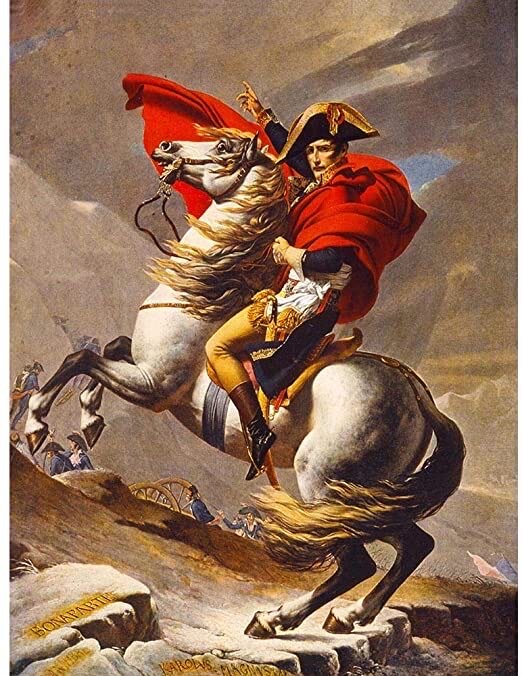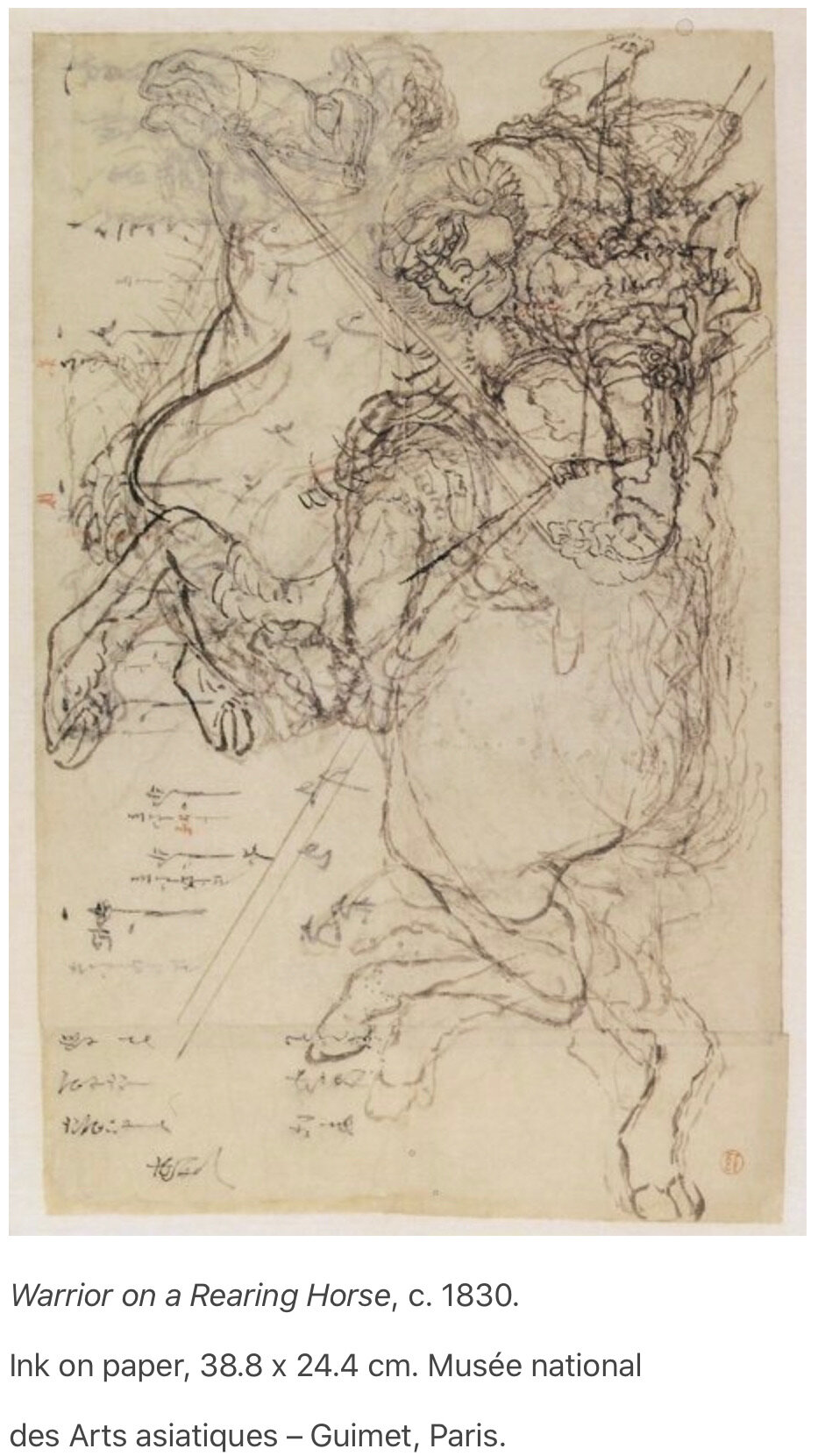To Remix is to Subvert
Adopting “Monstrous Deviations”
As a prerequisite, the best outline of contemporary remix theory that I’ve come across is the book, Of Remixology: Ethics and Aesthetics after Remix by David J. Gunkel. I don’t intend to summarize the book, but simply want you to be aware that it heavily influences the choice of words I will use. The ideas presented in the book are framed in a peculiar way to help explain a paradigm shift from traditional platonic representations to today’s conditions. In particular, the term “monstrous” is not necessarily to ignite fear, but respect. With an idea that no one can produce content separated from all other content produced, we are forced to confront that when we produce anything, we bear the weight of all things produced, hence the monster. When an artist works, they are not “first” or “original”, but are part of a long ongoing relationship with strains of other artist’s work they are aware of (consciously or not). Gunkel uses (and appropriates on his own from Gilles Deleuze) the metaphor that with each production of work, the author/artist either adopts a monstrous child or forces that child onto past author/artists, either way, it is passed around from author to author, artist to artist.
As a father, the idea of our work being connected, not just through a particular lineage, but through a system of adoption ignites the idea of family as an essential characteristic of remix theory. I will continue to flesh this idea out in the future, both in writing but mainly through the work. For now, on to the brass tacks: How does this affect the work?
What is essential is a change in procedure for my own work. Before proceeding to those changes, I must be aware of issues I’ve come across in the past. Consider if each line I draw or brush stroke I place is a result of a mixture and mashing up of the content I’ve absorbed as a human being. This becomes particularly dangerous with the existence of the internet establishing a global cultural influence. If I was to continue in ignorance of this, I would produce work reminiscent of traditional cultures not my own, but present them as if I created them. This becomes an appropriation that is problematic and has been perpetuated in the past by the idea that I could be some white male genius. I know for certain I am no genius, but I am white and male, so 2 out of 3 isn’t great odds for me to correct this on my own. With that in mind, my work will adjust procedurally to consider the following:
While I certainly am unable to completely clarify all influences throughout my entire life, moving forward, I will purposefully choose content to work with and include it verbatim in the work or make it easily available for reference.
To empathize with the content chosen, I will research its aesthetic structure by manipulating the image. (Trace, crop, cut, copy, replicate, stretch, colorize, etc.)
When remixing, I will keep reference points intact to clearly allow similarities to the chosen content. For example, if there was a song that mashed up songs from Frank Sinatra and Beyoncé, you would want to recognize both and something new from the mashup.
When confronted with binary aesthetic decisions (good/bad, beautiful/ugly, balanced/unbalanced, etc) I will employ a double gesture to confront traditional decisions:
I will side with the depreciated term. (bad over good, grotesque over ordinary, etc.)
I will mark the interval between inversions by siding with the unknown/undecidable concept. When viewing results of remixing imagery, I will look for the unexpected result, the anomaly in the data to be promoted.
There are certainly more steps I can and will take to grow my art practice. My hope is that remix theory articulates a practice that doesn’t negate my past, but recognizes it and determines a procedure that doesn’t have me circling back around to where I’ve been before — staring at another blank white canvas in a white studio space, expecting my white male self to be a genius and produce new content.
Remix is “good” to the extent that it is able to blaspheme and short-circuit existing configurations of cultural hegemony. - David J. Gunkel, pg. 171
In the works below, I’m initiating this remix practice in digital painting by introducing a set of images. I’m including a gallery of works and another gallery below with referential content.






